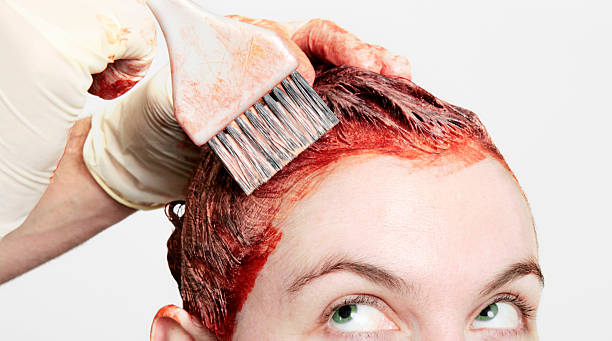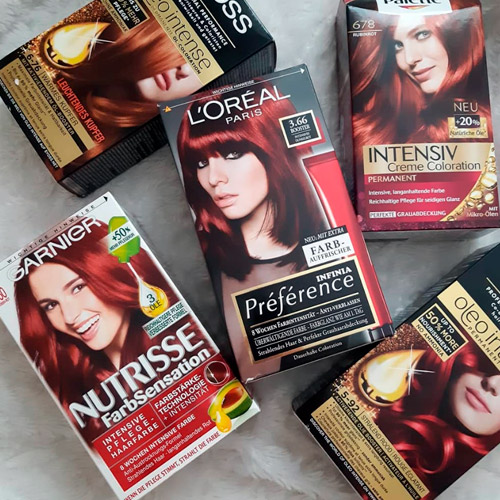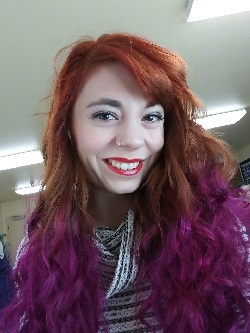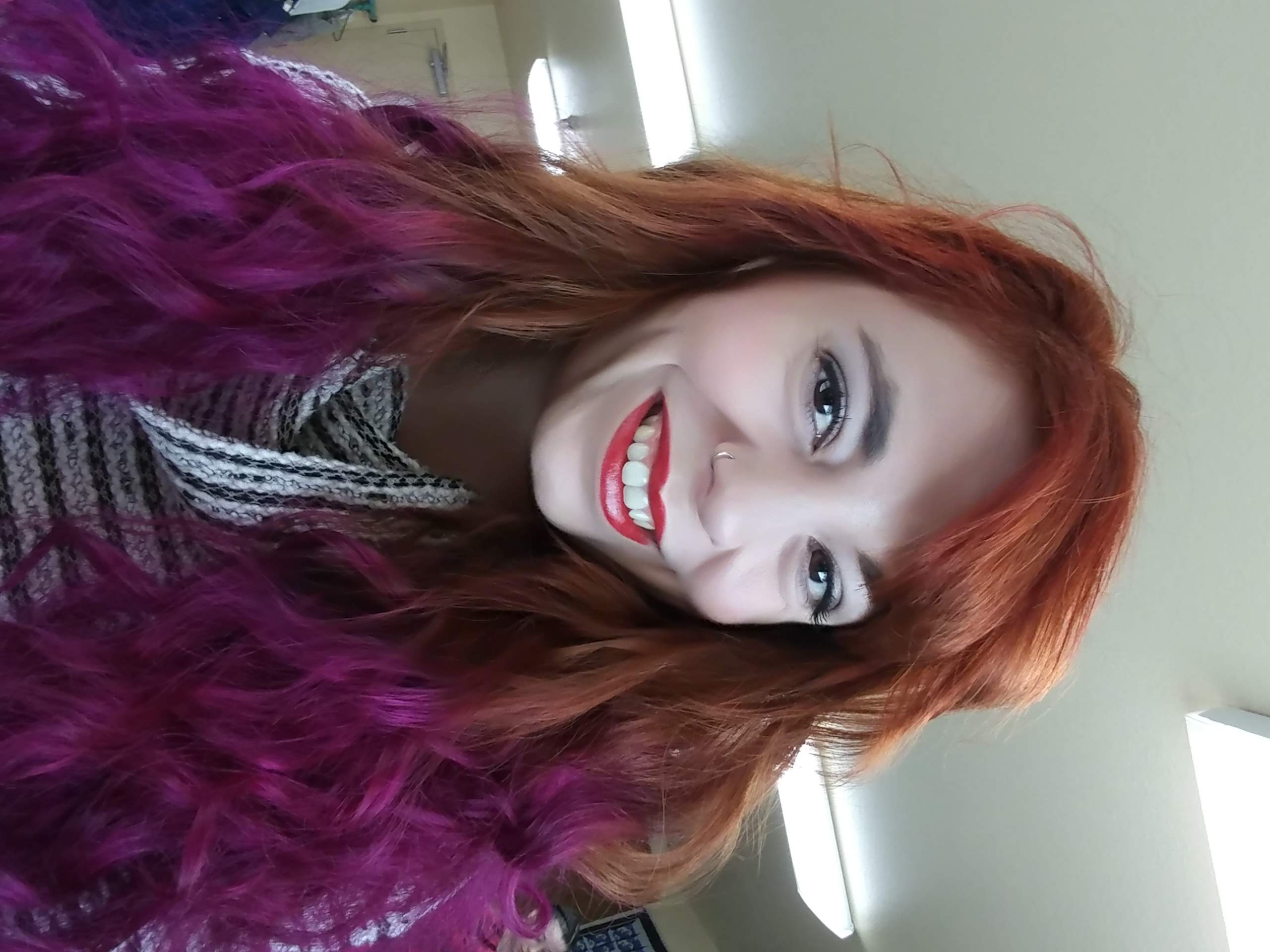Why Does Red Hair Dye Fade So Fast? A Hair Color Specialist Explains
If you regularly have your hair colored, odds are you’ve tried red hair dye at least once.
Whether you’ve paid a hairstylist or done it at home… whether you’ve tried a slightly “warm” brunette tone or a fire-engine red hue… red pigment can be found in all “warm” shades and tones.
And, if you’ve ever tried a “warm” or “red” or even “copper” hair color, you know one thing to be irrefutably true:
Red hair dye fades so gosh-darned fast!
What you may not know, though, is why red hair color fades so quickly. It all comes down to a bit of molecular science…
I see your eyes glazing over… but stay with me! I’ve been a full-time hair color specialist for the past decade AND I’ve dyed my hair red for most of that decade.
I’ll break down the science into layman’s terms. The next time you want to try a warm or a red shade for your hair, you’ll know exactly what to expect!

How Does Red Hair Dye Work?
First, you need a basic understanding of your hair’s chemical structure. Think of each hair as a “house,” and the hair dye as an “interior designer.”
Every single hair on your head is covered in a clear, see-through layer called the cuticle. The cuticle acts as a defensive layer for each hair. It can also be thought of as the “front door” of each “house”.
When you put hair dye on your hair, the dye “knocks” on the “front door” of each hair. The front door opens to let the hair dye in. The hair dye then acts as an interior designer, changing your hair’s current color to the color of the dye.
Under the cuticle, there’s an absorbent core called the cortex. Once the “front door” has been opened, the cortex absorbs as much of the hair dye as possible.
Have you ever rinsed out your hair dye, and noticed the water rinses the same color? The cortex absorbs absolutely all the hair color it can, and anything leftover is rinsed away.
So, when you’ve dyed your hair red, why is the water a bit red every time you rinse your hair?
Red Hair Dye Molecules Are Large and In Charge
Just like an interior designer will add big, medium, and small pieces to a home, hair dye comes in big, medium, and small molecules.
Blue molecules are the smallest. If your hair dye is mostly a blue or “cool” shade (think blue-black hair and “ashy” blondes), it’s mostly small molecules. The “front door” does not have to open very far since the molecules are so small. Blue tones can be added and removed very easily for this reason.
Red molecules are the biggest, so the front door has to open extremely wide... like when you buy the “perfect” sofa, only to have to manhandle your front door to get the dang thing in the house. Even when the front door is fully open, red molecules don’t absorb as well as blue or yellow molecules.
Many, many, many of the red molecules sit outside the front door, clinging on. And every time you wash your hair, you’re washing away your beautiful red tone… molecule by molecule.
But then, why doesn’t red ever fully fade? As anyone with dyed red hair can tell you, red is the hardest color to cover up. If you’re red and want to go blonde or even brunette, odds are you’ll still see ‘red’ or ‘warm’ tones.
This is because a few of the red molecules DO get through the front door and into your hair. Now, since it was so hard for those molecules to get in there, do you think it’s any easier for them to leave?
It isn’t. The red molecules under the cuticle are essentially “trapped.” Even if you try to bleach them away, the molecules still struggle to fit through the open front door.
So, the red hair dye that doesn’t get under the cuticle washes away quickly… and the red hair dye that does get under the cuticle can barely fit through the door to leave.
This is why your hairdresser is so cautious about adding red to your hair. It’s a bit of a one-way door. And if your stylist is skilled enough to remove most of the red, there’s a price. Not only will removing the red come with a hefty price tag… the damage to your hair can last for months, sometimes years.

The Cutting Edge of Red Hair Dye Science
That said, advances in the beauty industry are being made every day.
We’re constantly seeing products with new chemical compounds, allowing hairdressers to remove red molecules without blowing your hair’s front door off the hinges. This means less frizz and breakage in your hair!
The chemical science behind these products is very new. It will be months or even years before adding/removing red is as simple as adding/removing highlights.
For now, I recommend going red only if you’ll love it for 6 months or more. If you want to join the redhead club for a shorter amount of time, ask your stylist about temporary extensions or subtle red highlights.
Have you recently used red hair dye and want tips to make your color last? Read my 3 easy tips to keep hair dye from fading here! (2 of the tips will actually SAVE you money and cost you nothing!)
Cheering you on,

Shelby Dennis
Your freelance beauty copywriter
P.S. Want to read more of my copywriting samples or beauty content marketing samples? Click here to check out my writing portfolio.



Comments
Share your question or comment in the box below!